Why a structured, science-led system outperforms random routines — and how to build lasting skin health step by step.
Introduction
In the world of skincare, many people bounce from one product to another — hoping for miracles, but often ending up with irritation, confusion, or no visible results. At Therefore I’m, we believe there’s a better way: a structured, dermatology-guided system built around three pillars — Habit, Prevention, Correction.
This method helps your skin build resilience, shield against stressors, and correct concerns — without overwhelm or guesswork. In this post, we’ll dive into what each stage means, why the order matters, expert perspectives, and how you can apply this to real skin.

The Three Pillars Explained
Habit (Foundation)
Your skin’s “daily diet.” These are gentle, supportive formulas that maintain and strengthen the baseline health of your skin barrier — regardless of skin type or climate. Think mild cleansers, barrier-repair moisturizers, and hydration boosters.
Prevention
Once your barrier is stable, Prevention formulas aim to defend your skin from external stressors and early aging. Antioxidants, broad-spectrum sunscreens, and protective serums play this role. These products slow down visible damage before it manifests.
Correction
This is where targeted treatment comes in — actives designed to address pigmentation, acne, fine lines, texture issues, or hormonal marks. Correction is not “always use first” — it’s introduced when the skin is ready and in balance.
When used in this sequence, the system respects your skin’s natural resilience and prevents overuse, irritation, and mixed signals.
Why Order & Structure Matter
Many skincare “routines” suggested online mix actives randomly, or promote layering dozens of products. But dermatologists warn that without structure, routines can backfire.
-
Mixing multiple strong actives (like acids + retinoids) without proper rest can damage the barrier and lead to sensitivity or inflammation.
-
If the barrier is compromised, correction ingredients often sting or fail to perform well.
-
Studies and clinician experience emphasize that consistency, rather than intensity, is key for long-term improvement.
As one board-certified dermatologist puts it, “the skin needs time to adjust — layering everything at once often causes more harm than gain.”
Many simplified dermatologist routines begin with 3 steps: cleanser, moisturizer, sunscreen — reinforcing that habit-level care is foundational.
Industry Insight & Numbers
-
A leading dermatology authority emphasizes that sun protection and gentle care account for the vast majority of visible skin aging prevention.
-
According to articles promoting “skin cycling,” rotating between actives and recovery days helps maintain barrier health while enabling correction work.
-
Vogue recently reported that simpler routines often lead to better user adherence and more consistent results over time — “the easier we make a routine, the greater the consistency and the better the results are.”
These insights echo a central truth: complexity doesn’t equal efficacy.

How to Apply
Habit → Prevention → Correction
Step A: Establish Habit
-
Use a gentle, pH-balanced cleanser morning and night
-
Apply a barrier-support moisturizer rich in ceramides, hyaluronic acid, or panthenol
-
Always layer sunscreen during the day
Give your skin at least 4–6 weeks on this baseline before introducing new actives. Skin needs time to stabilize.
Step B: Introduce Prevention
-
Begin with antioxidants (e.g. vitamin C, niacinamide) in your morning routine
-
Use protective elements (like SPF or environmental shields)
-
Monitor how your skin reacts for 2–3 weeks before jumping to correction
Step C: Bring in Correction (Carefully)
-
Add one corrective active at a time (e.g. gentle retinoid, exfoliating acid, pigment-fading ingredient)
-
Use only on alternate nights initially
-
Cycle in “rest nights” using only your Habit formulas
-
Track progress — your skin will tell you when it’s ready for more or needs a pause
Step D: Evaluate After 8–12 Weeks
-
Is your skin more even? Less reactive? Glowy?
-
If so, continue. If not, scale back the actives and let Habit/Prevention take priority again.
Why Therefore I’m Formulations Support This System
-
Each product is categorized into Habit (Blue), Prevention (Purple), and Correction (Red) — making it intuitive.
-
We avoid harsh formulations that force overreaction. Instead, our ingredients are clinically tested and balanced for varying climates and skin types.
-
The system is dermatologist-developed, grounded in years of clinic practice, not trend-driven marketing.
You won’t see flashy “miracle” claims here. Instead, expect thoughtful designs that respect skin’s pace.

Conclusion
Skincare doesn’t need to be chaotic, overwhelming, or experimental. With a structured, dermatologist-supported system like Habit → Prevention → Correction, your skin gets what it needs — in the order it needs it.
This method means freedom from guesswork, fewer mistakes, and more consistent results.
Because great skin is earned, not chased
Read more
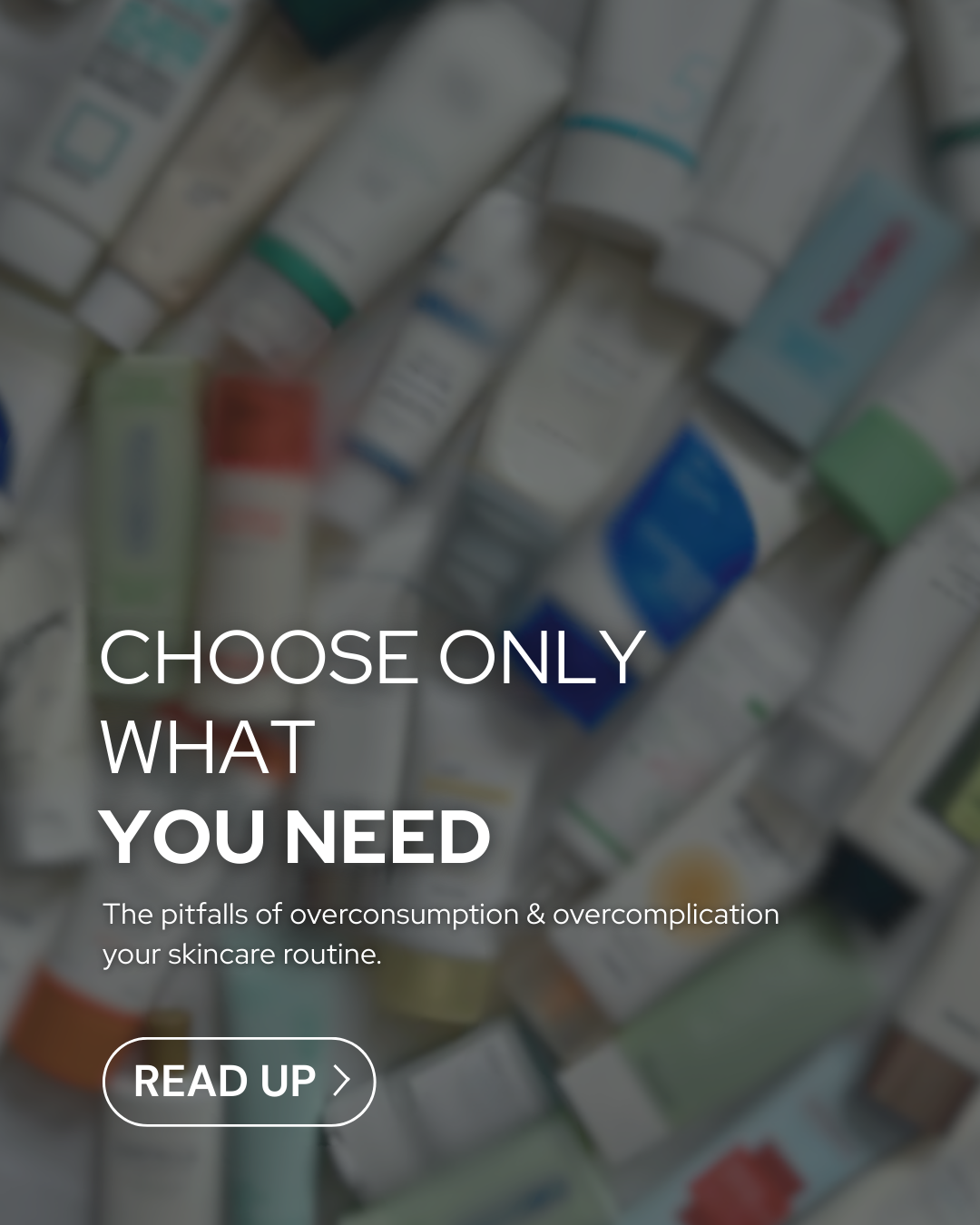
In the age of multi-step skincare and viral routines, experts warn that complexity can harm your skin. Here’s how to simplify without sacrificing results.
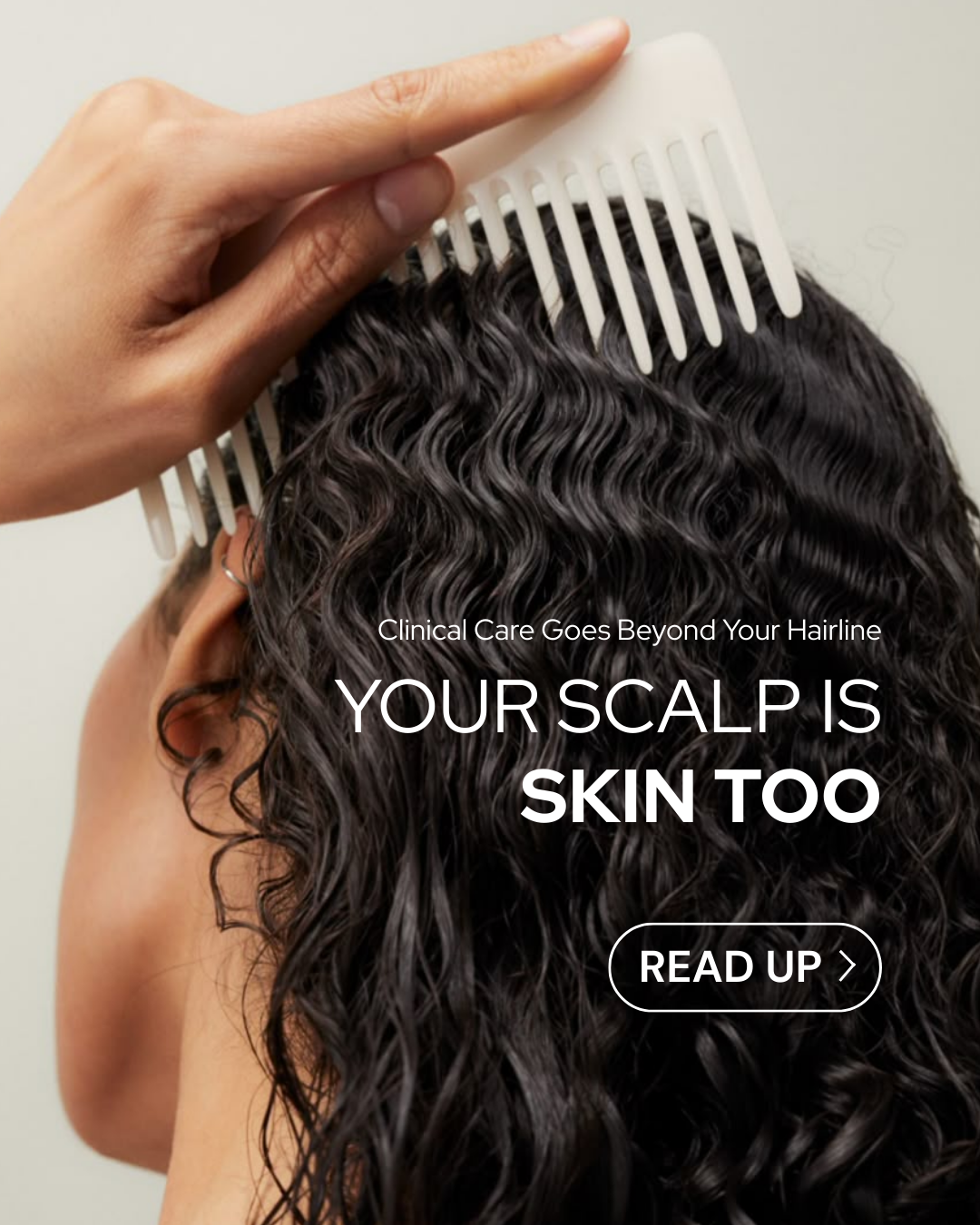
Healthy hair begins with healthy skin — and your scalp is no exception. Discover why dermatologists say your scalp deserves the same clinical care as your face, and how guided, science-backed rout...

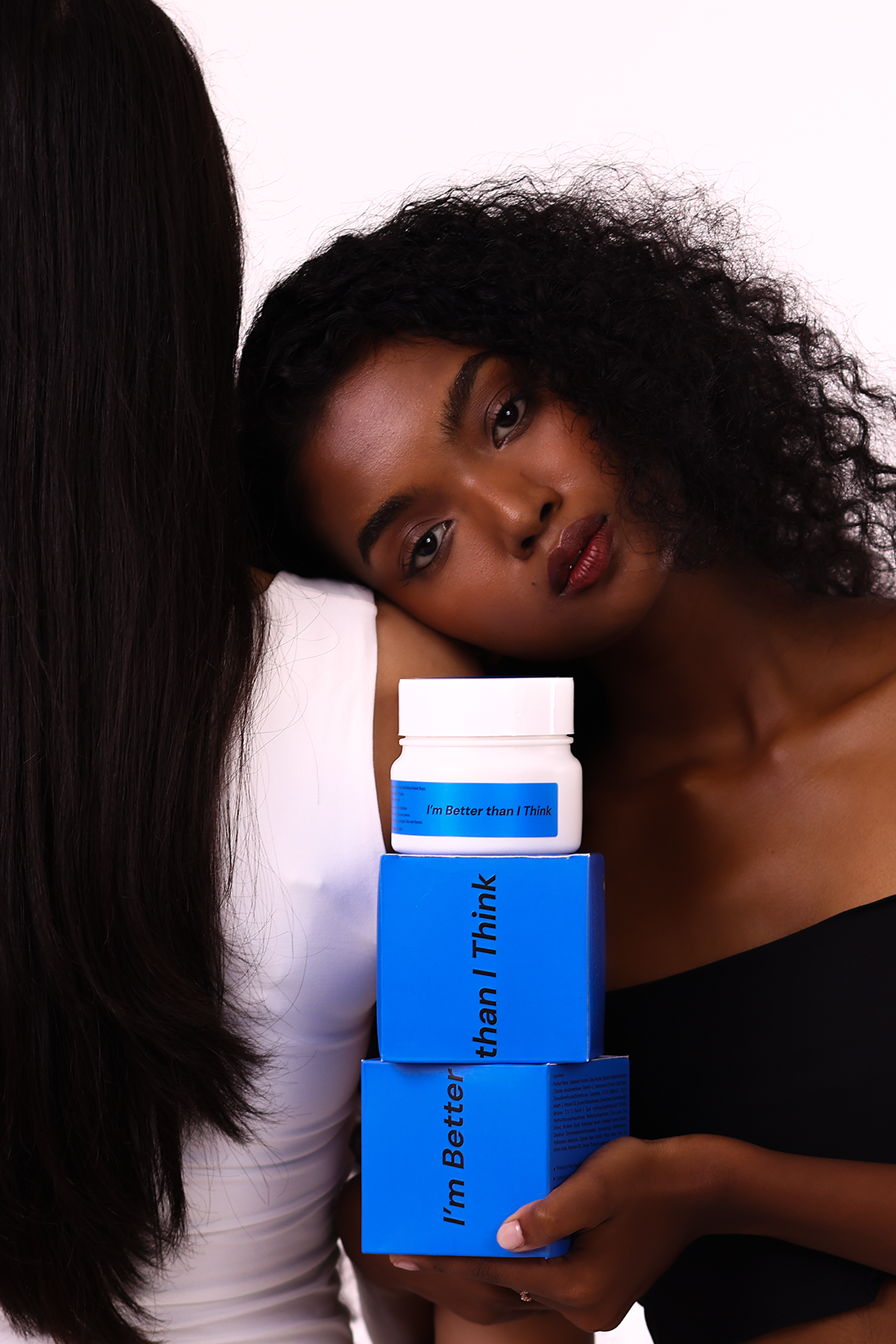
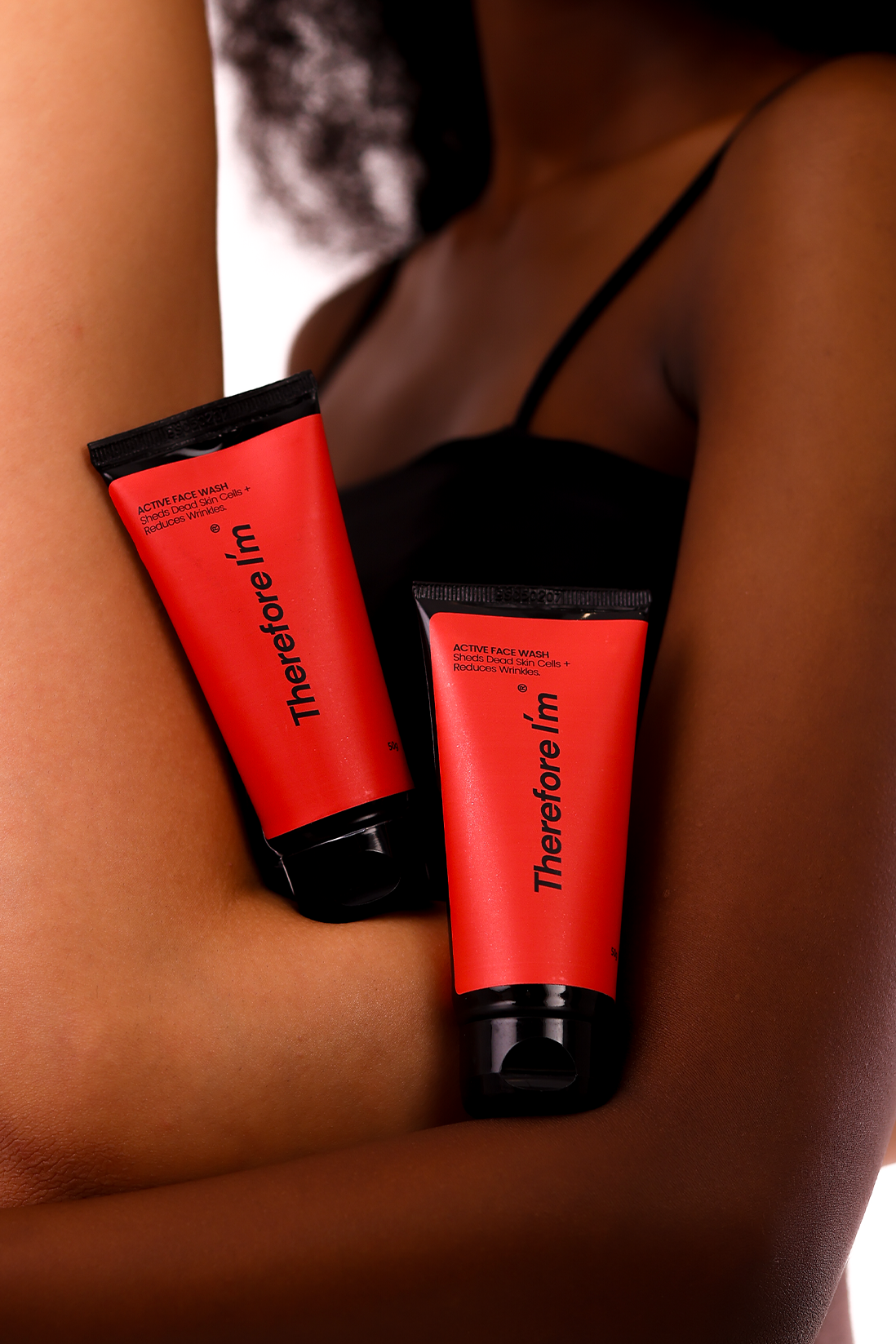

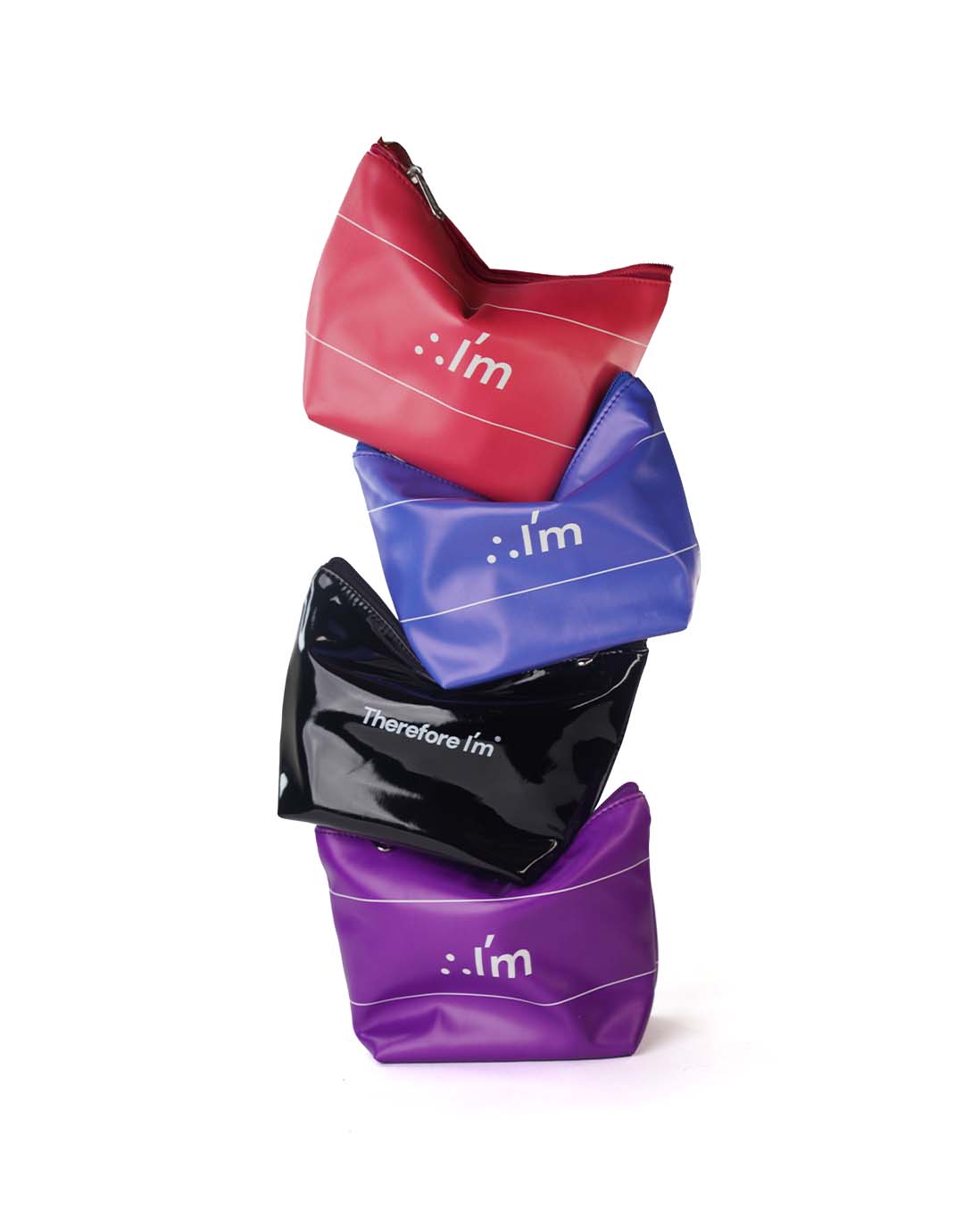

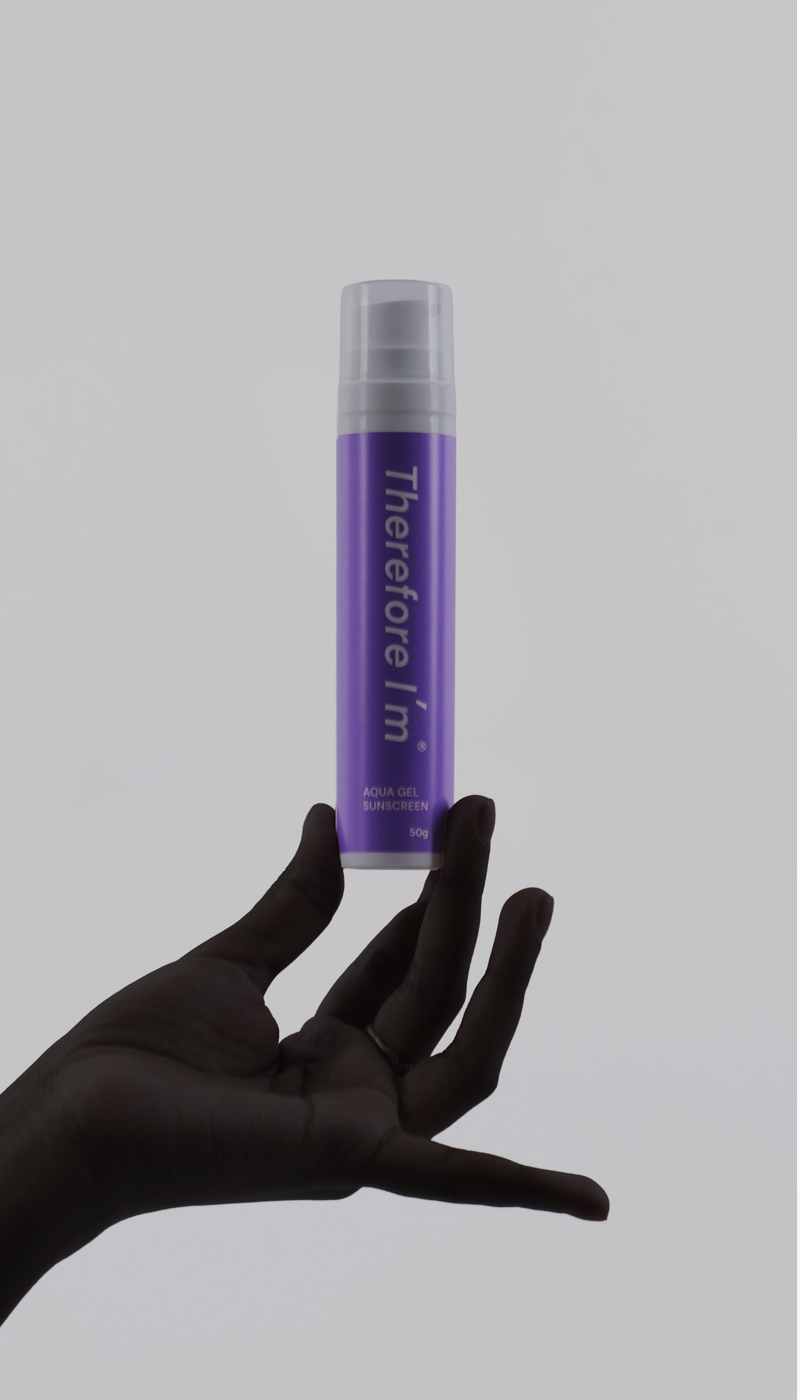
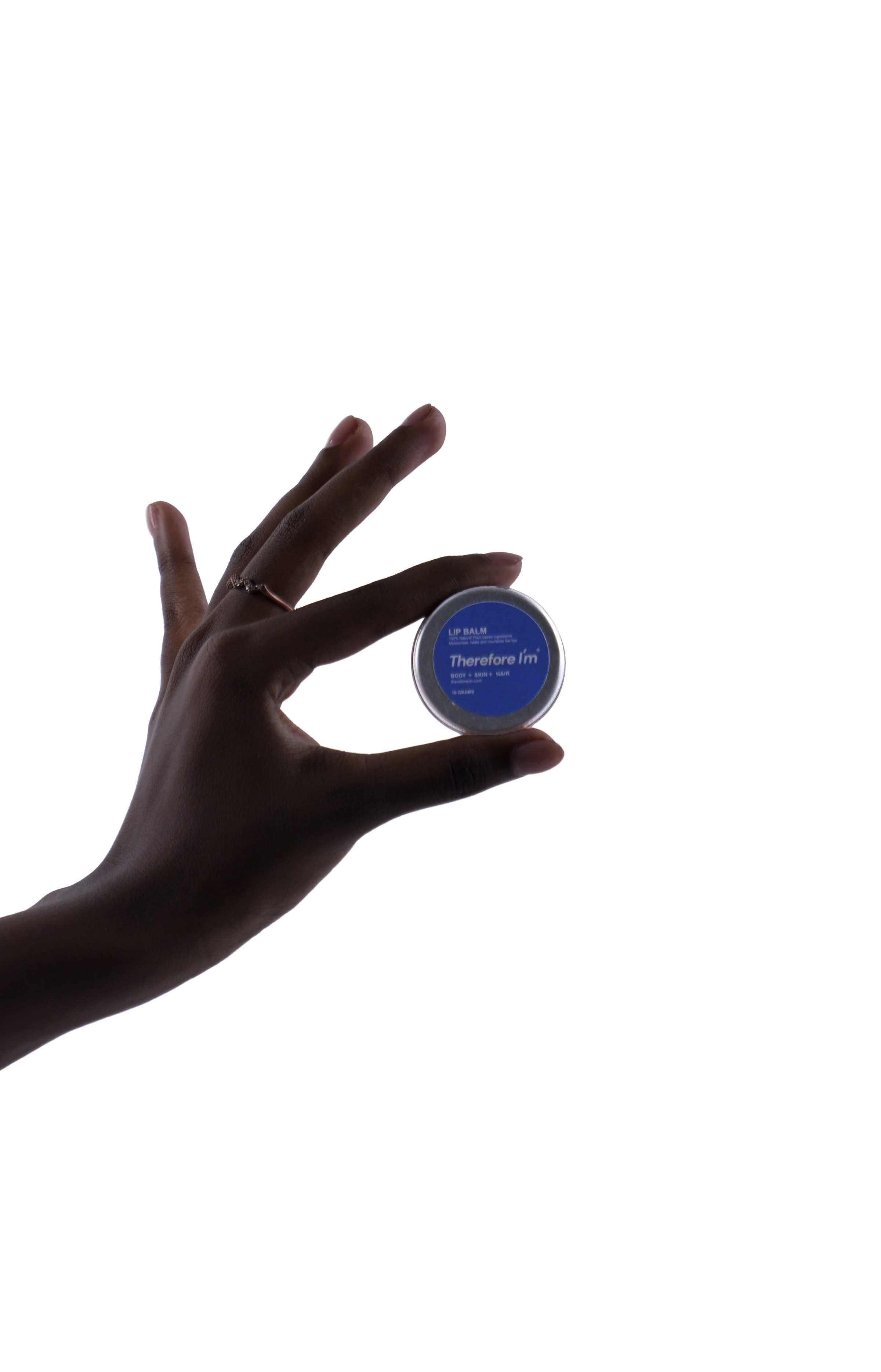
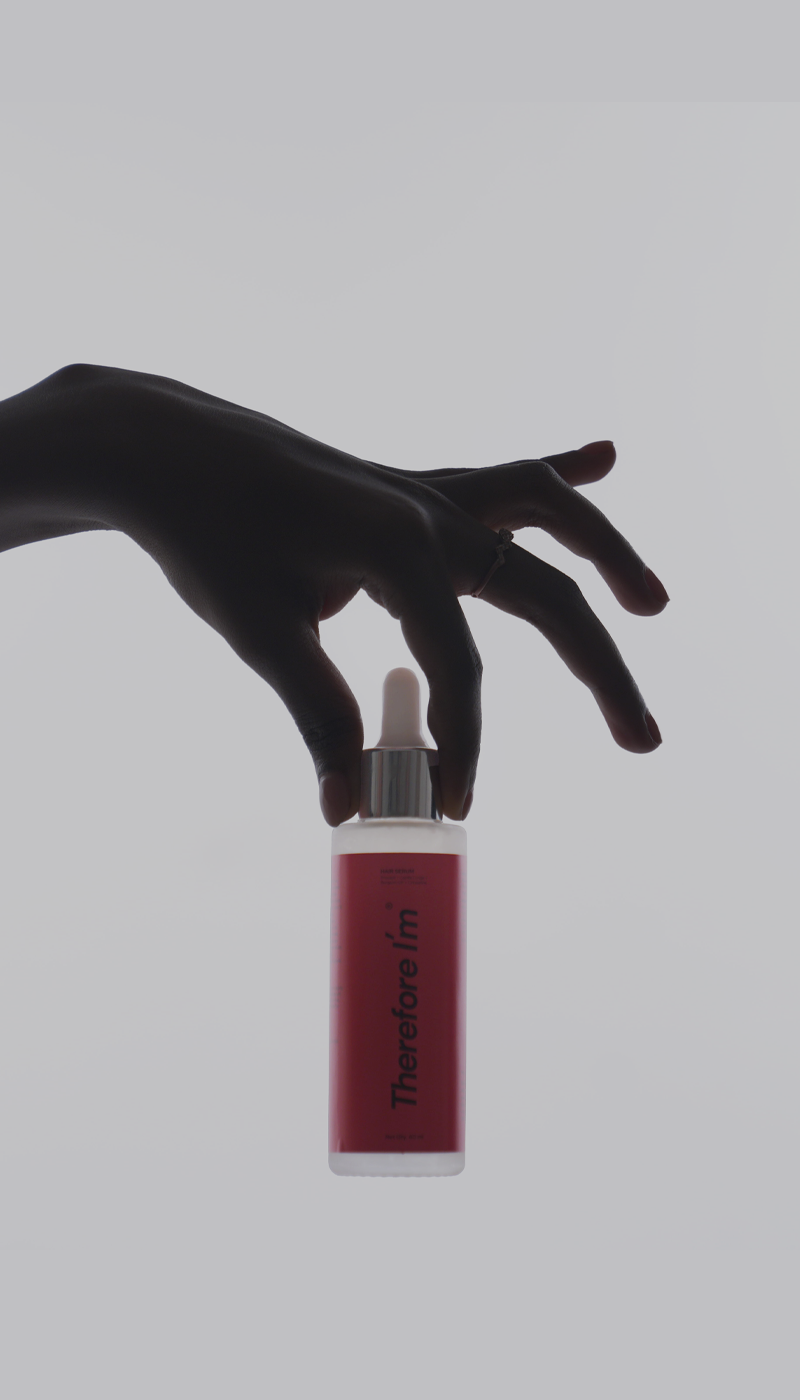
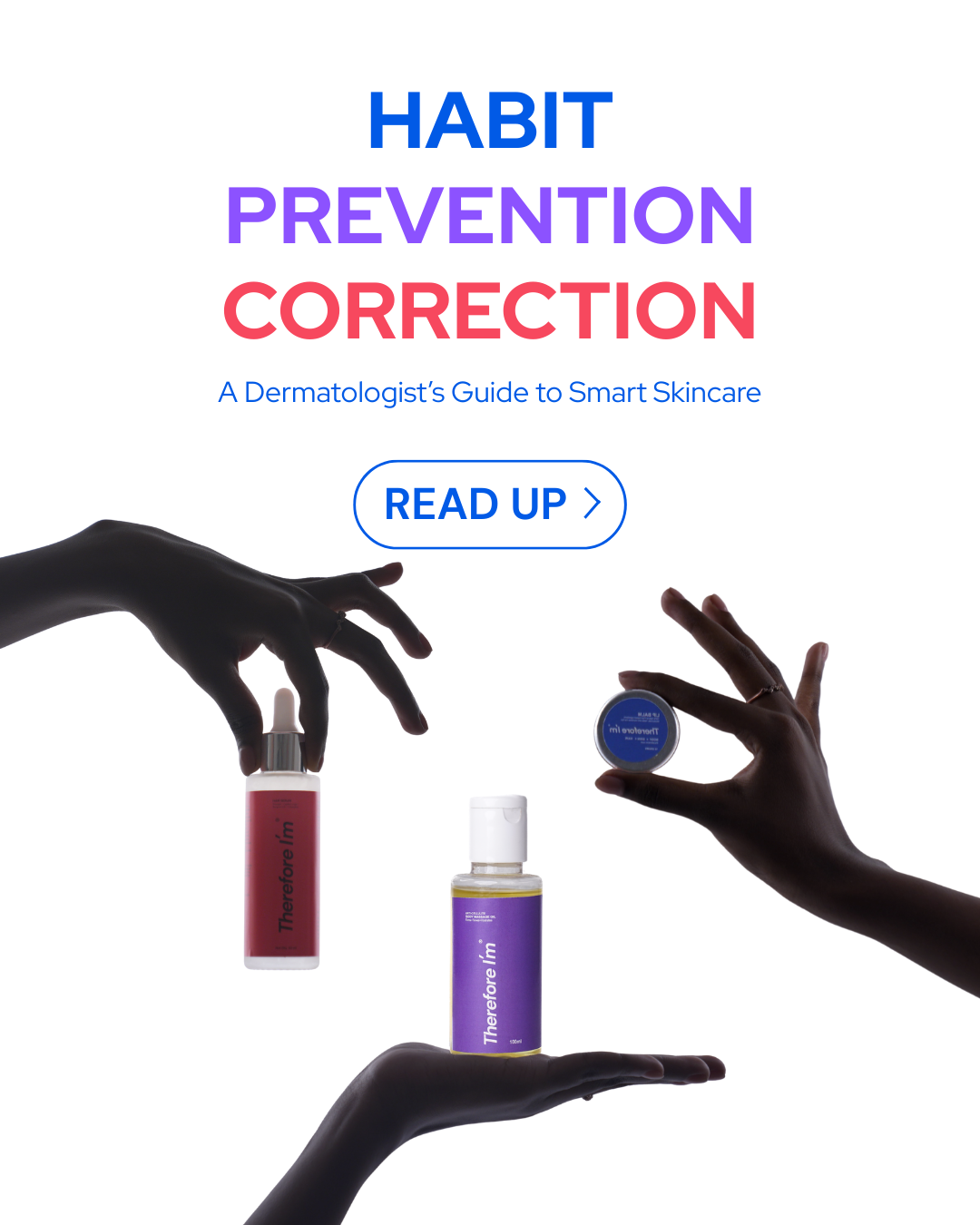
Leave a comment
This site is protected by hCaptcha and the hCaptcha Privacy Policy and Terms of Service apply.